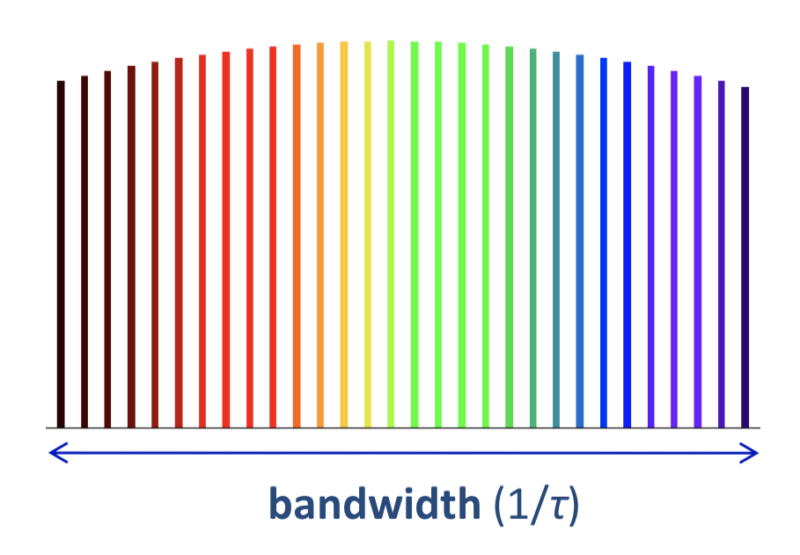661Tbps through a single optical fiber: The mind boggles

Society has an insatiable desire for data. In fact, it is rather astonishing to think that average Internet traffic is several hundred terabits per second and consumes about eight percent of our electricity production. All of that for instant cat videos-and our desire for new cat videos is apparently insatiable, driving the need for more capacity and even more energy.
It would, however, be nice to scale capacity without energy requirements continuing to grow at the same rate. In a step toward achieving this goal, researchers have managed to encode an insane amount of information into the light of a single laser.
The problem with scaling bandwidth and power comes down to lasers and their inefficiency. A good laser is about 30-percent efficient. A typical telecommunications laser might emit 20mW, so that's at least 70mW for each laser (the amplifiers consume even more energy). To pack more data into a single optical fiber, the data is divided across different colors of light, called wavelength division multiplexing. Unfortunately, each color requires its own laser, meaning the energy cost increases with bandwidth.
Read 10 remaining paragraphs | Comments